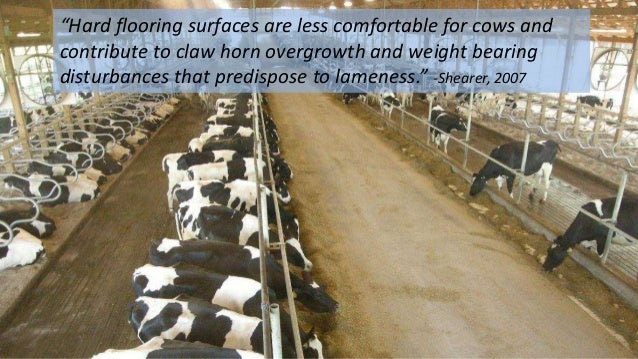Bovine laminitis and lameness.
Bovine lameness and laminitis.
This title is directed primarily towards health care professionals outside of the united states.
Bovine laminitis and lameness.
Correct grain overload keeping the animal moving and the claws cool.
High grain rations erratic feed consumption due to weather factors or feed supply problems and improper feed processing are risk factors for laminitis.
Heavier cattle or cattle held on feed for too long are at a higher risk for lameness.
Laminitis claw disease digital dermatitis and foot rot.
Laminitis and lameness are the most significant diseases afflicting cattle.
Equine and bovine laminitis are distinctly different.
Nocek agway research center research and development tully ny 13159 abstract bovine lactic acidosis syndrome is associated with large increases of lactic acid in the rumen which result from diets that are high in ruminally available carbohydrates or forage that is low in effective fiber or both.
Laminitis and lameness are the most significant diseases afflicting cattle.
Laminitis as such may cause lameness in dairy cattle but more important is its relation with the occurrence of sole ulceration and white zone lesions 28 40.
Although acute laminitis occurs in both species and can be caused by grain overload other etiologies can affect the equine laminae.
The fourth chapter discusses the laminitis syndrome exclusively.
Bovine laminitis has a shorter history in the literature than equine.
Injectable diphenhydramine 0 5 to 1 0 mg kg iv im.
The swedish veterinary journal in 1896 reported inflammation of the claw corium is the most common cause of lameness and the often misshapen claw can be secondarily affected by a purulent process and or the claw capsule could fall off.
A major difference between the two species is anatomic in that the lamellar laminar surface of the equine hoof is considerably more extensive than that of the cow.
Nsaid non steroidal anti inflammatory drug injectable ketoprofen 2 to 4 mg kg im iv.
A hands on approach provides veterinarians researchers and cattle producers with an invaluable and handy resource for managing these problems.
Since individual cows often have more than one cause for lameness at the same time it is important to understand the different types of lameness as well as the treatment and prevention protocols.
Antihistamines may be useful e g.
Implications on laminitis james e.
Cattle infected with mycoplasma bovis are at risk of joint infection.
A hands on approach provides veterinarians researchers and cattle producers with an invaluable and handy resource for managing these problems.
It covers in details the different etiologies signs and lesions and treatment and control of lameness.

